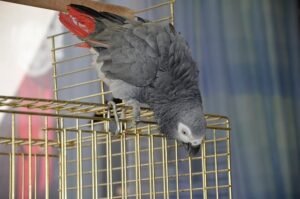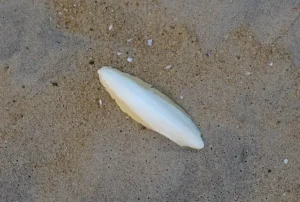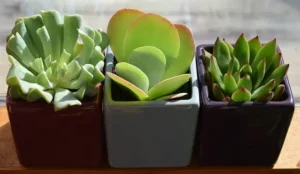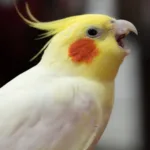When parrots are enjoying their time out of the cage, they can get quite naughty and sometimes even get themselves into trouble. So you want to make sure that it is back inside its cage before it accidentally breaks something valuable or gets itself injured.
But what happens when your parrot won’t go back into its cage? It is a problem especially common with new birds that haven’t yet had the time to adjust or just don’t trust you that well.
In this article, I’ll share with you 7 of my personally tested methods of getting a parrot back in its cage. Also, I will tell you what method worked best for me and which ones did not.
Quick Navigation
How To Get Your Parrot Back In Its Cage?
Lure Them Back With Treats
Most parrot behaviors are food motivated and they will follow the trail of treats wherever it may lead them. You can keep the treat inside its cage or lay it out as a path leading into the cage. Hungry or not, a parrot will most likely eat its way into the cage.
In most cases, this will do the job but this is basically tricking your parrot into getting into the cage and chances are that the main issue may remain unresolved. Most of the time this is because the parrot is adjusting to the new environment or is untrained. So, you should first try to make the parrot feel at home and help it relax.
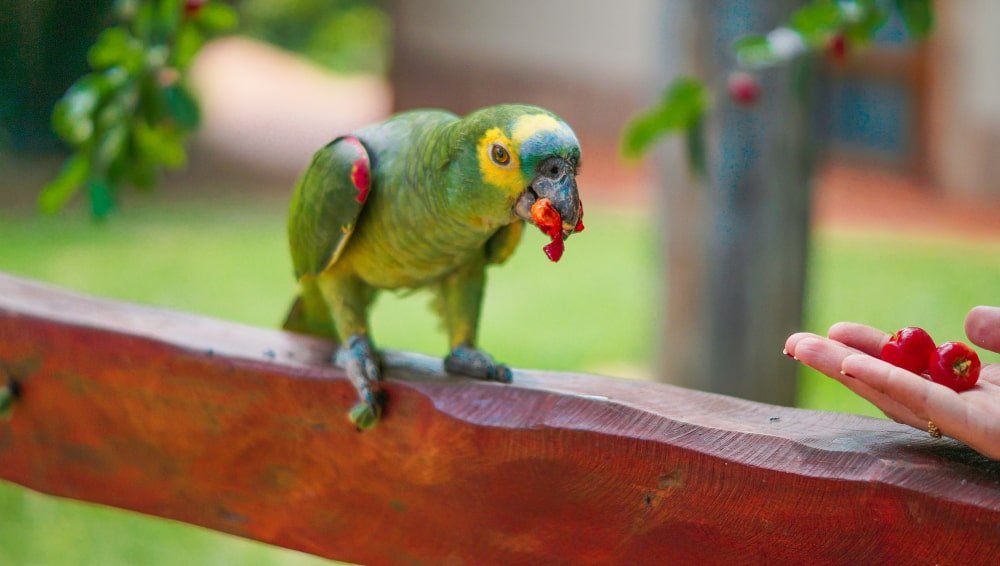
Wait It Out
This might not be the way how most people would like to deal with the situation but it can be actually helpful in calming a stressed bird and also bonding with them. Maybe it’s just that your parrot does not feel like going inside the cage right now and wants to enjoy its time out.
You can look at it as an opportunity for you to interact with your parrot and learn how they feel. I’ve learned that understanding a parrot’s body language really depends on the situation. So pay attention to any verbal cues and body language signs that your bird may give you.
Meanwhile, you can keep its food bowl inside the cage and wait till it feels hungry enough to back inside. And when it does you may close the door and also verbally recognize it as good behavior in front of the parrot.

Put The Lights Out
Turning off the light or drawing the curtains to darken the room can help to make your parrot sleep, You can tell them that it’s time to go back in their cage and take a nap. You may also let your parrot know that it is time for them to get back in their cage by verbal cues like “bedtime” or “time to sleep”. Keep the phrase short so your parrot recognizes it quicker.
I’ll be honest, this is not the best way to trick them and it didn’t work for me. However, if your parrot refuses to go inside its cage during the night, then it might work. Many people saw a method to work for them and the parrot had no problem going in.
But again, it is important to remember that parrots cannot be easily fooled. They might not go in the cages when it is broad daylight. Parrots sleep 10-12 hours a day so once they have their fill, you need to work them quite a bit before you can get them to sleep. But still, this trick can work for some people and there’s no harm in trying.
Hang Them By The Beak
I came across this trick when my parrot was suddenly just refusing to go inside its cage. It involves taking your parrot inside the cage while it is perched on your fingers and gently latching them onto the cage bars.
They will instinctively use their beaks to latch onto the cage bar as they like to for so many other things. But in order to do this, your parrot must know how to step up. If your parrot is new, you would have to train it to perch on your hand. However, the parrot must also be compliant for this method to work.
Target Training
One of the most common methods that I see people have success with, even beginners is target training. I used it myself when I was new to any kind of parrot training and it worked. It is not hard at all, you just need a stick of some kind, preferably a wooden stick, and a clicker. Using it you can move your bird to go inside its cage and also reward it for that behavior which improves your bond and does not trick the bird.
You hold out the stick in the direction you want your parrot to go and wait for it to touch it. Once your parrot touches it with its beak, you click and give it a treat. It’s a nice trick that doesn’t require any getting used to for your parrot. When you point the stick in a particular direction, your parrot will instinctively follow in that direction.
So once your parrot understands that it will be given a treat upon touching the end of the stick, you can go ahead and point it towards the cage and your parrot will be inside like the obedient and well-behaved bird it should be.
Make The Cage Feel Like Home
Your parrot’s cage is essentially its own small house. It is where the parrot spends most of the day. So, it should not feel like something that is only there to keep it from flying away because it is more than that.
If your parrot does not feel good about its cage, it will not like to go inside. It will also not be willing to play with its toys or eat its food. Sometimes it is accompanied by such behaviors where the parrot does not eat its food.
So you should ensure that the cage is more welcoming for the parrot. Put out more toys, add foraging boxes, and try relocating the stuff that is already in there. Another important to note is the condition of the cage. Keeping your parrot’s cage clean and smelling good is essential to making it a desirable place to live in.
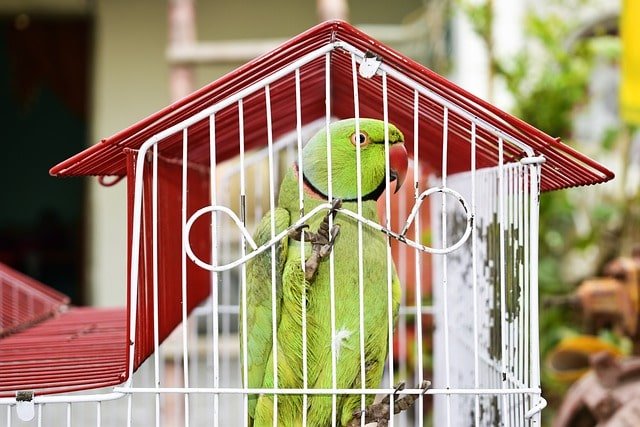
Build A Consistent Routine
I will implore you to have a steady routine for your parrot. Your parrot will love you for providing it with a stable and consistent routine. Parrots naturally do not like even the slightest change and get scared when things are always uncertain.
By ensuring your parrot a stable daily routine you will help it be more calm and relaxed. That way your parrot will know when to go inside its cage by itself. You can do this by following specific feeding times, regular training, and getting the parrot to sleep at the same time every day.
Things Not To Do
No Quick Movements
When you try to get your parrot inside its cage and it is unwilling, it will just creep up more and more toward your arm and away from the cage, sometimes it might just fly to the top of the cage. This tells you that your parrot does not want to go inside its cage. However, after a point, you might want to get your parrot in by a quick motion. But that might not be the right thing to do as it could hurt the bird.
Do Not Grab Them
Sometimes you’re in a hurry and you just want your parrot to get in the cage. It might be that you have to leave for someplace and you have to put them in the travel carrier. But it is never a wise idea to grab a bird and force it into the cage. Aside from the fact that parrots are fragile and you could hurt them, mistreating them can potentially make your bird nevel like you again. You should always treat your parrot with care and show that you understand what it wants. This way, it will respect you and be more likely to obey your commands.
No Yelling Or Punishment
It can be a while before your parrot feels like going back in and that can test your patience, but whatever happens, you should not yell or punish your parrot in any way. It can make them extremely anxious and stressed. The parrot may even become aggressive and start biting when you try to hold it the next time.
Trimming Wing Feathers
Anything that makes your parrot feel like taking away their freedom or like they’ve been tricked can make you lose their trust instantly. Making their cage like a home is essentially what we talked about. You want your parrot to go inside its cage on its own and not be forced into it. While you may clip your parrot’s feathers only to prevent them from flying away, it could perceive it in a negative way and it can impact your relationship with your parrot.
